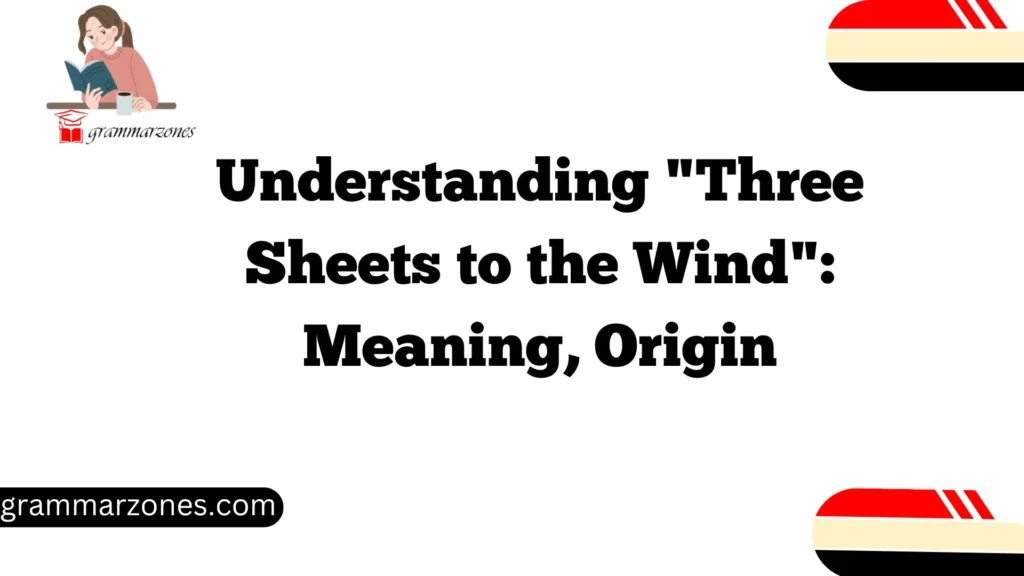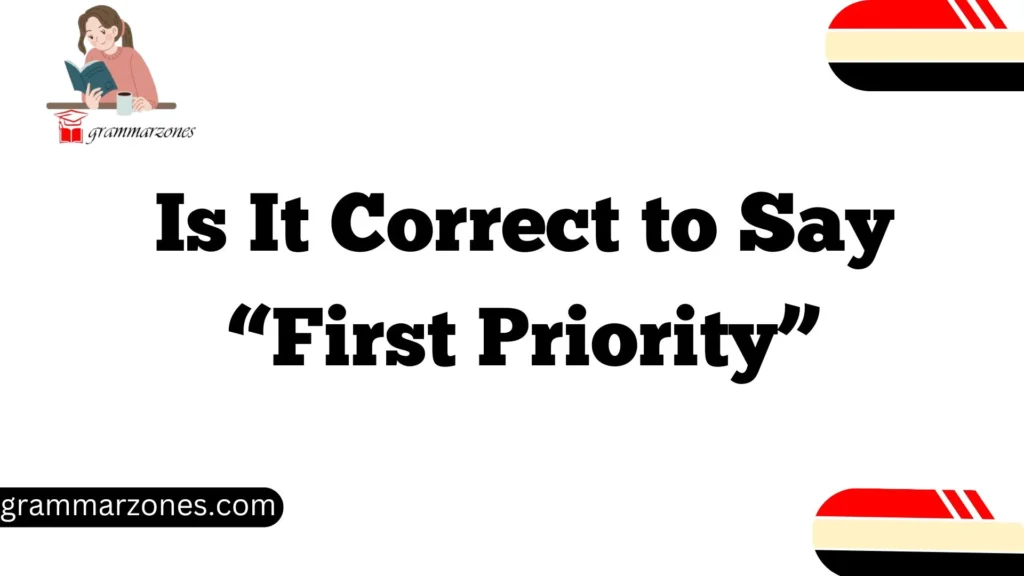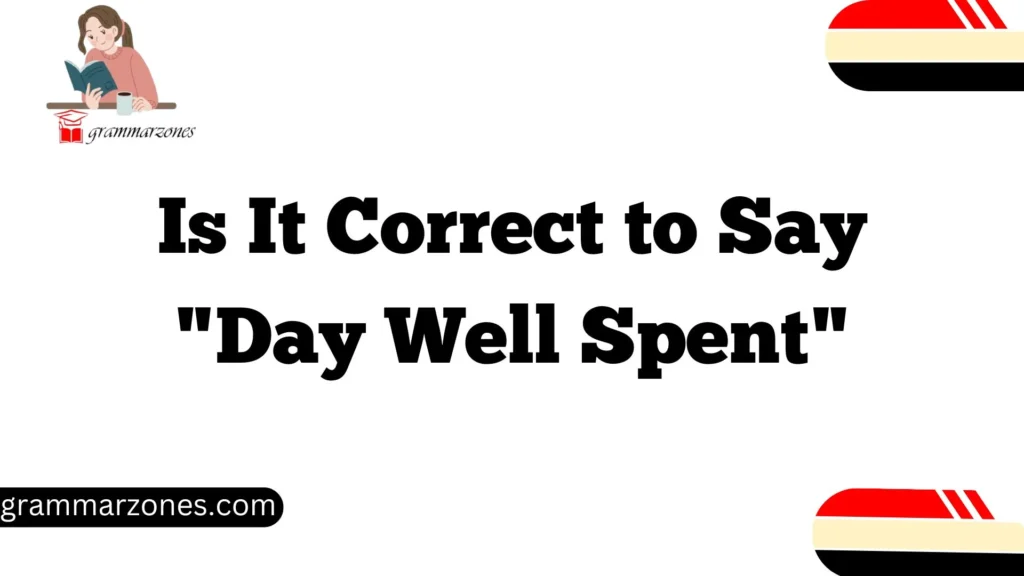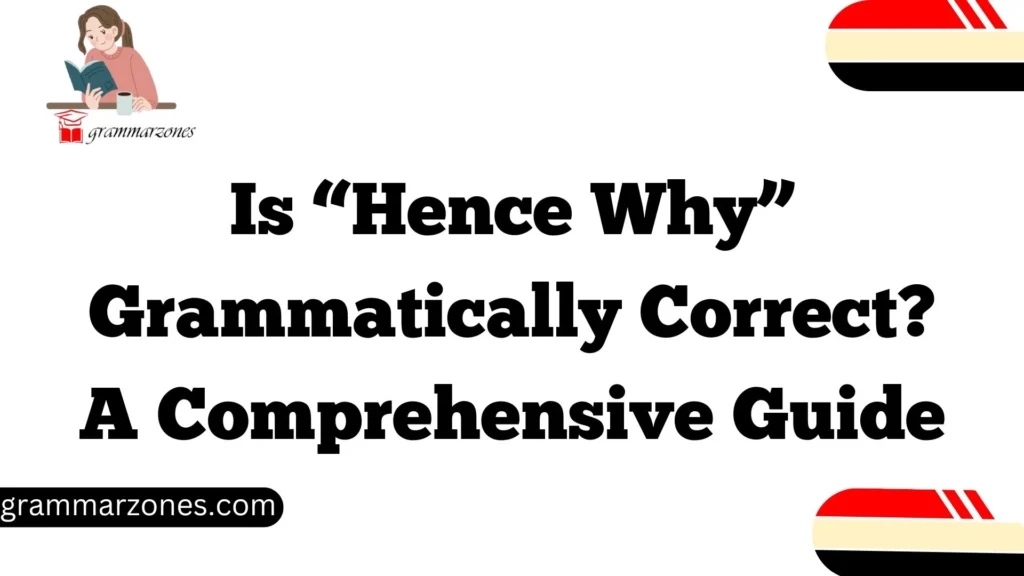If you’ve ever been to a party or social gathering, you might have overheard someone say they were “three sheets to the wind.” It’s a quirky phrase that sounds mysterious and fun, but what does it actually mean? Is it just a funny way to describe someone who’s had one too many drinks, or is there a deeper history behind it?
In this article, we’re going to unpack the full meaning of the idiom, explore its nautical roots, and explain how it evolved from sailor slang into a common expression used today. Along the way, we’ll offer some examples, discuss when it’s appropriate to use, and touch on its cultural impact.
What Does “Three Sheets to the Wind” Mean?
When someone says they’re “three sheets to the wind,” they’re typically describing a state of being drunk or intoxicated. The phrase paints a vivid picture of a person who’s unsteady, much like a ship that’s out of control due to its sails being loosened.
Literal Meaning and Nautical Origins
The phrase originates from the world of seafaring. In nautical terms, the “sheets” refer to the ropes that are used to control the sails of a ship. When these ropes are not properly secured, the sails flail in the wind, causing the ship to lose direction and stability.
A ship with “three sheets to the wind” would be uncontrollable and could be in danger of going off course.
In much the same way, a person who’s “three sheets to the wind” is stumbling, swaying, and out of control, having lost their usual stability due to intoxication. In essence, the phrase compares a drunk person to a ship in distress.
Figurative Meaning
To put it simply, when someone says they’re “three sheets to the wind,” they are telling you that they are quite drunk. It’s a colorful way to describe someone whose movements have become unpredictable and erratic, just like a ship being tossed around by the wind.
For example, you might hear:
- “After three beers, John was already three sheets to the wind!”
- Or perhaps: “I wouldn’t drive after that party; I was three sheets to the wind!”
This figurative meaning has been adopted widely in English-speaking cultures and is used both in casual conversation and in popular media.
The Origin of “Three Sheets to the Wind”
The history of this expression traces back to the world of maritime life, where sailors were not only familiar with the term, but also relied on it for sailing navigation. Let’s dive deeper into its nautical origins.
Sailor’s Slang
In 17th-century seafaring culture, the “sheets” referred to the ropes used to adjust the sails on a ship. The purpose of these ropes was to control the angle of the sails in order to catch the wind properly, allowing the ship to travel efficiently.
However, if these ropes became loose or were not managed correctly, the sails would flap uncontrollably, leaving the ship helpless and at the mercy of the wind.
In this state, the ship would be difficult to steer and difficult to control, similar to the effects of alcohol on a person’s ability to think and act with precision.
The phrase “three sheets to the wind” would have been used by sailors to describe a ship in this disarrayed state, and over time, it made its way into everyday English speech as a metaphor for being very drunk.
First Recorded Use of the Idiom
The phrase “three sheets to the wind” began to be used in the early 1600s. It was originally a term exclusively used among sailors. However, by the 19th century, it had made its way into the broader English lexicon.
The first recorded written use of the phrase appeared in the 1820s in literature. Since then, it has become a staple in both spoken language and popular culture, maintaining its vibrant imagery and connection to nautical traditions.
How “Three Sheets to the Wind” Evolved Over Time
The expression “three sheets to the wind” didn’t just stay confined to the world of ships and sailors. Over the years, it evolved and became a widely recognized phrase, particularly when describing intoxication. Let’s look at how this phrase spread across cultures and languages.
Spread into Popular Culture
By the 19th and 20th centuries, the idiom was being used outside of maritime circles, and people from all walks of life began using it. Literature, theater, and later cinema played a significant role in helping spread the phrase far and wide.
In the early 20th century, the phrase was popularized in American literature, particularly in humorous novels and stage performances that poked fun at drunken behavior. The phrase’s vivid, humorous imagery made it ideal for comedic moments in books and plays.
Modern-Day Usage
Today, “three sheets to the wind” is used casually in many social situations. It’s often spoken in a lighthearted tone and is frequently used to describe someone who is mildly to heavily drunk, usually in a friendly or humorous manner.
While its meaning has remained consistent over time, the way it’s used has adapted to reflect changing attitudes toward alcohol and social behavior.
For instance, the phrase is less likely to be used in formal contexts but remains a popular expression in social gatherings, especially those with a relaxed, jovial atmosphere.
Other Related Idioms
While “three sheets to the wind” is one of the most famous idioms for describing drunkenness, there are several other expressions with similar meanings. Some of these include:
- “Half in the bag”
- “Blotto”
- “Tanked”
- “Slightly tipsy”
These idioms, like “three sheets to the wind,” all have playful, metaphorical meanings that convey the idea of being under the influence of alcohol.
Usage in Sentences
Now that we’ve explored the meaning and origin of this idiom, let’s look at how you might use it in everyday conversation. Here are a few examples of the phrase in action.
Common Examples
- “After three beers, John was already three sheets to the wind!”
This example shows someone who is mildly tipsy and possibly losing their coordination. - “I wouldn’t drive after that party; I was three sheets to the wind!”
In this case, the phrase highlights someone’s inability to drive safely because of their intoxication. - “You could tell he was three sheets to the wind by the way he was singing karaoke.”
Here, the idiom refers to someone’s lack of inhibition or embarrassing behavior due to being drunk.
These sentences demonstrate how “three sheets to the wind” can be used to describe someone who is clearly intoxicated but still functioning in a social environment.
Is It Offensive or Insensitive?
While “three sheets to the wind” is often used humorously or lightly, there are some circumstances where the phrase could be seen as offensive or insensitive.
Cultural Sensitivity
As with any idiom, it’s essential to consider context when using “three sheets to the wind.” In some situations, especially in more formal settings or with individuals who might be struggling with alcohol dependency, the phrase could come across as dismissive or mocking.
If you’re talking to someone who is in recovery or dealing with alcohol issues, it might be best to avoid using this idiom. Instead, try using more neutral expressions or speaking respectfully about the person’s situation.
When to Avoid Using It
You should avoid using “three sheets to the wind” in these scenarios:
- When referring to someone’s alcohol abuse problem or addiction.
- In professional environments or serious discussions where the tone is meant to be respectful and considerate.
- When it might come off as mocking or belittling someone in a vulnerable state.
In most other casual, social contexts, however, the idiom remains a harmless, humorous way to describe intoxication.
Fun Facts and Trivia
There’s more to this idiom than just its meaning and usage. Here are some fun facts and interesting trivia about “three sheets to the wind.”
Global Variations
The phrase “three sheets to the wind” is not unique to English-speaking countries. Many cultures have similar expressions to describe drunkenness, using their own colorful metaphors.
In French, there’s a phrase, “être complètement défoncé,” which translates to “being completely wrecked.” While not identical, it conveys a similar meaning.
Literary and Media References
“Three sheets to the wind” has made appearances in literature, theater, and film. One notable example is in the works of Charles Dickens, where the idiom is used in a comedic context to highlight a character’s drunken escapades.
In modern films and television, it’s often used in a playful manner, especially in scenes that depict party settings or lively gatherings.
Unexpected Facts
- The phrase “three sheets to the wind” is sometimes used interchangeably with “three sheets in the wind” or even “three sheets over the wind.” The change in phrasing is not widely adopted, but it’s interesting how language evolves over time.
Conclusion
To wrap up, the idiom “three sheets to the wind” is a colorful and historically rich expression used to describe someone who is drunk or intoxicated. It originates from the world of seafaring and has evolved into a commonly used phrase in modern language, often with a humorous or lighthearted connotation.
As we’ve seen, this idiom is rooted in a rich history of maritime terminology, but it’s also a fun example of how language can develop and adapt over time.
Whether you’re using it casually at a party or hearing it in a movie, now you know the full story behind this iconic phrase.
FAQs About “Three Sheets to the Wind”
1. What does “three sheets to the wind” mean exactly?
“Three sheets to the wind” is an idiom that means very drunk or intoxicated. The phrase uses a nautical metaphor, comparing a drunk person’s unstable behavior to a ship whose sails (or “sheets”) are loose and flapping uncontrollably.
2. Is “three sheets to the wind” still commonly used today?
Yes, it’s still used, especially in casual conversation and informal writing. While younger generations might also use newer slang terms like “wasted” or “hammered,” this idiom remains widely recognized and understood, especially in English-speaking cultures.
3. Is the phrase considered offensive or inappropriate?
Generally, it’s not offensive when used in a lighthearted or humorous way. However, it could be insensitive if used to describe someone with a serious alcohol problem or in a professional setting. Context matters.
4. Where did the phrase originate?
It comes from nautical terminology. In sailing, “sheets” are the ropes that control a ship’s sails. When those ropes are loose, the sails flap wildly, and the ship becomes unstable—just like a drunk person’s behavior.
5. Why “three” sheets and not one or two?
Sailors used the number of loose sheets to indicate the degree of drunkenness. “One sheet to the wind” might mean tipsy. “Two sheets” suggests being quite drunk. “Three sheets to the wind” implies completely drunk, with all stability lost—both literally for a ship and metaphorically for a person.







